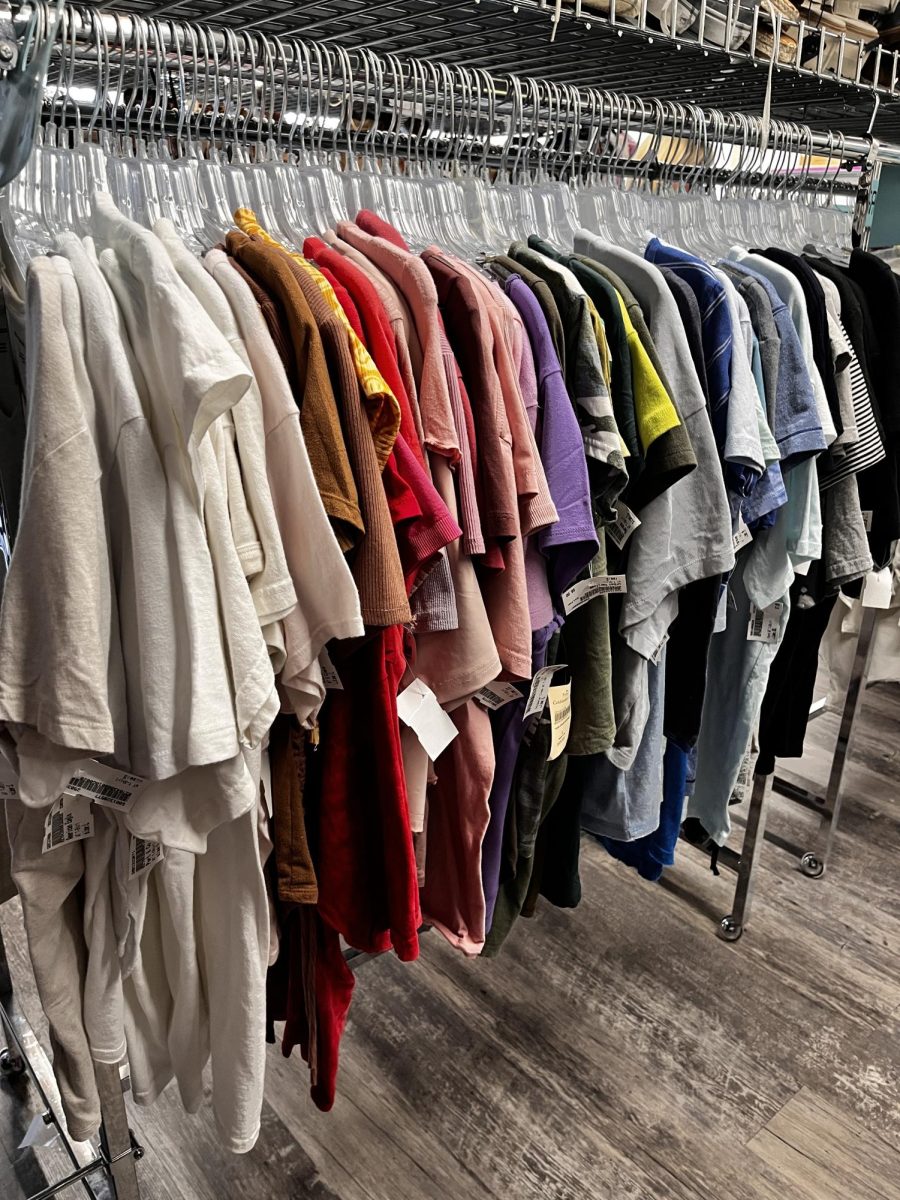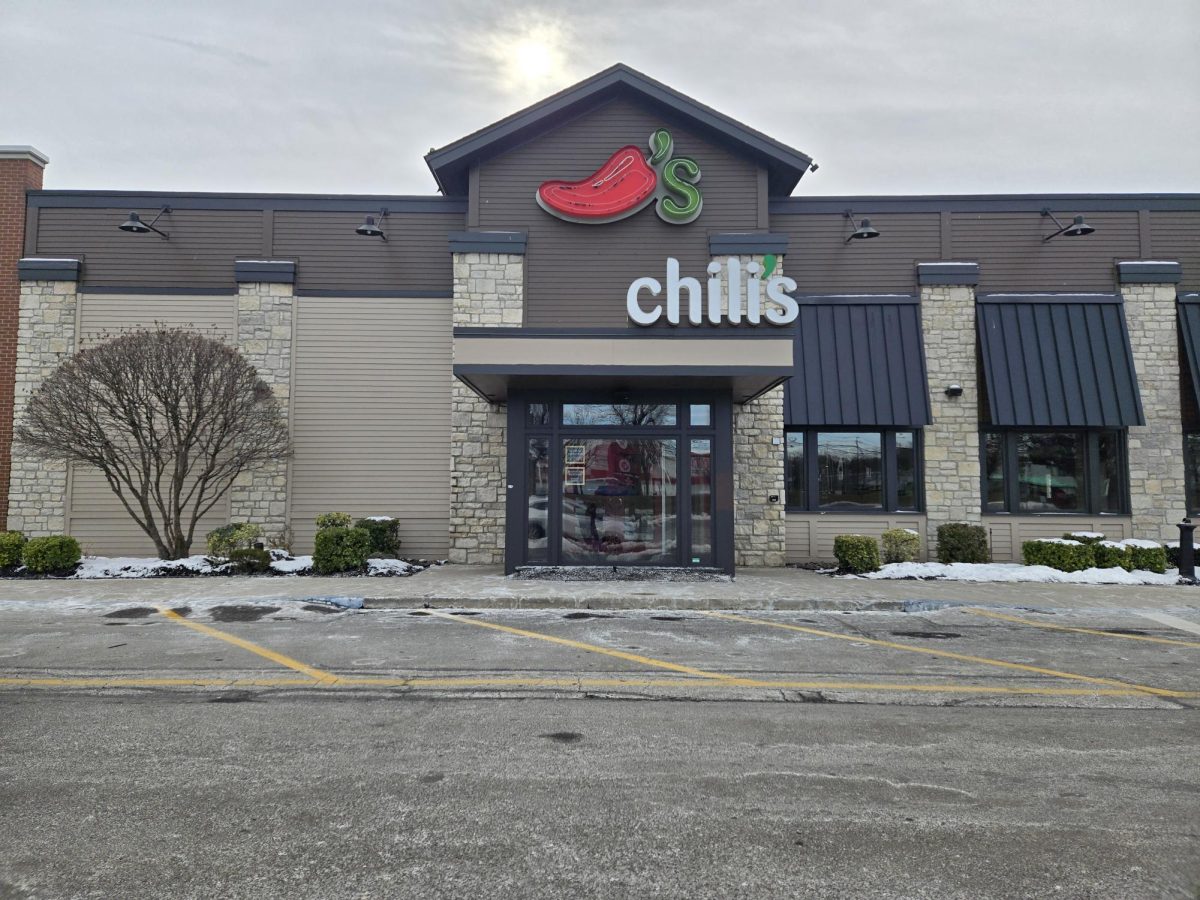What started as a threat to national security has rapidly turned into a political roller coaster, with TikTok banned, only to be reinstated just hours later.
In a dramatic turn of events, TikTok, the widely used social media platform with 170 million American users, shut down on January 19, 2025. This suspension had been caused by a legal bid demanding ByteDance, TikTok’s Chinese parent company, to sell its U.S. operations over national security concerns, according to the New York Times.
In the middle of the shutdown, then President-elect Donald Trump announced plans to issue an executive order to delay the enforcement of the ban. He proposed a co-partnership idea that would grant the U.S. a 50% ownership of TikTok. Following Trump’s assurances, TikTok started to work again for American users after only a couple of hours. Giving a 90-day extension to the ban will allow for negotiations, while legal proceedings are expected to continue at this time.
“I was sad at first when I opened TikTok and saw I couldn’t use it anymore, but then I remembered I had other apps I could scroll through,” said freshman Avery R.
During this brief outage, TikTok users sought other apps to scroll through. Many migrated to an app internationally known as RedNote, a Chinese app similar to TikTok.
“I picked RedNote over other apps like Instagram reels to scroll through because it had been trending on TikTok days before the ban, people were making jokes about it and the people on RedNote created this hashtag called ‘#TikTokRefugees’.” said freshman Yeju K., via text message.
Influencers on TikTok actively promoted the switch to RedNote amongst other users, according to the New York Times. With the ease of sharing content and a familiar interface, RedNote was a popular alternative. The move to RedNote, though temporary for many, proves that TikTok has a strong influence over its users. They adapted quickly, moving to newer spaces for self-expression and content discovery.
TikTok had established itself as a powerhouse in promoting trends, driving cultural moments, and shaping consumer behavior. The platform’s unique algorithm and ability to make content go viral in a matter of hours have played a crucial role in digital marketing strategies and small business growth. The brief ban has raised significant economic concerns, particularly for businesses and influencers who rely heavily on TikTok for income and brand partnerships, according to the New York Times.
“TikTok has really launched as a marketplace for small businesses and even larger companies as well. The whole influencer social media marketing has really driven consumerism which impacts the economy because the more awareness we have for companies, the more consumers are spending.” said financial literacy teacher, Peter Myers.
TikTok shop is also a big target for consumerism, giving users an easy way to shop online.
“TikTok shop is especially popular amongst the Gen Z and Gen Alpha generations who are predominantly shopping off of influencers. Advertising impacts companies revenues and profits. For example, Stanley cups were heavily promoted on TikTok which led to the product to blow up,” said Myers.
Additionally, advertisers who have heavily invested in TikTok’s unique advertising system might encounter challenges, as other platforms may not yet offer the same level of engagement and conversion rates. The uncertainty surrounding TikTok’s future has already led some businesses to broaden their social media strategies, but the long-term impact on the digital economy are still unclear.
With TikTok back up under a 90-day extension, its future in the U.S. remains uncertain. The ongoing negotiations and potential restructuring will be closely watched by its users, businesses, and policymakers alike. If TikTok faces a permanent ban, the economic consequences could be significant, according to The New York Times.
For now, users have returned to the platform, but the threat of another shutdown is present, leaving American users in a state of uncertainty while holding onto hope for TikTok’s future in the U.S. ◼️









